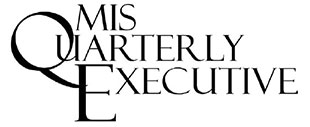Home > Journals > AIS Journals > MISQE > Vol. 8 (2009) > Iss. 2

Abstract
As business becomes more global, many multinational firms are turning to common systemsâ€â€systems with core software modules designed around common global requirements but that can be augmented with local modules to support regional differences in language, laws, regulations, and work rules. This article describes the implementation of one such system, known as MaxFli, at British American Tobacco (BAT).
Based on our examination of MaxFli, we found that global and local leaders have different objectives for embracing common systems. Furthermore, some objectives are explicitly stated in strategic plans and business cases, while others remain tacit and are rarely discussed openly. The global/local and explicit/tacit dimensions give rise to four distinct sets of objectives, which we call “faces,†for common systems projects. These four faces are distinguished by differences in their strategic role, operational benefits, and political motivations.
BAT’s experience shows that a common system can create substantial savings, improve global infrastructure, and diffuse best practices throughout the enterprise. But to achieve these results, local and global leaders need to understand both the explicit and tacit objectives of all stakeholders.
Recommended Citation
Williams, Michael L. and Wheeler, Bradley C.
(2009)
"The Four Faces of Deploying Global Common Systems: Understanding Global and Local Objectives,"
MIS Quarterly Executive: Vol. 8:
Iss.
2, Article 4.
Available at:
https://aisel.aisnet.org/misqe/vol8/iss2/4

